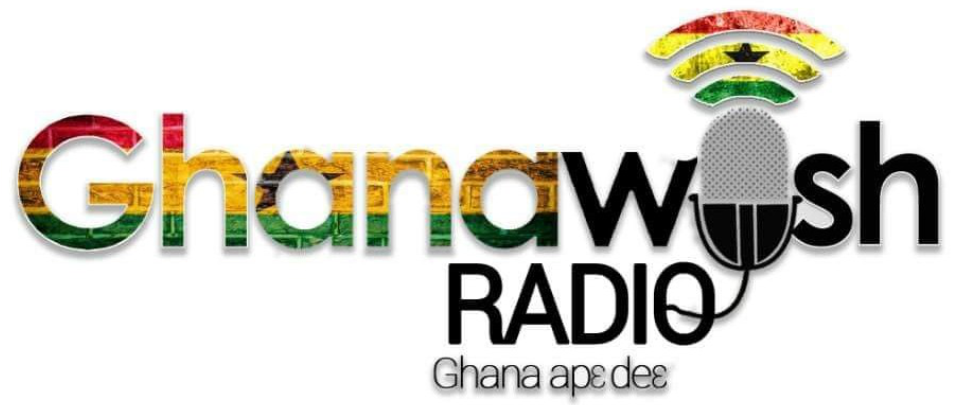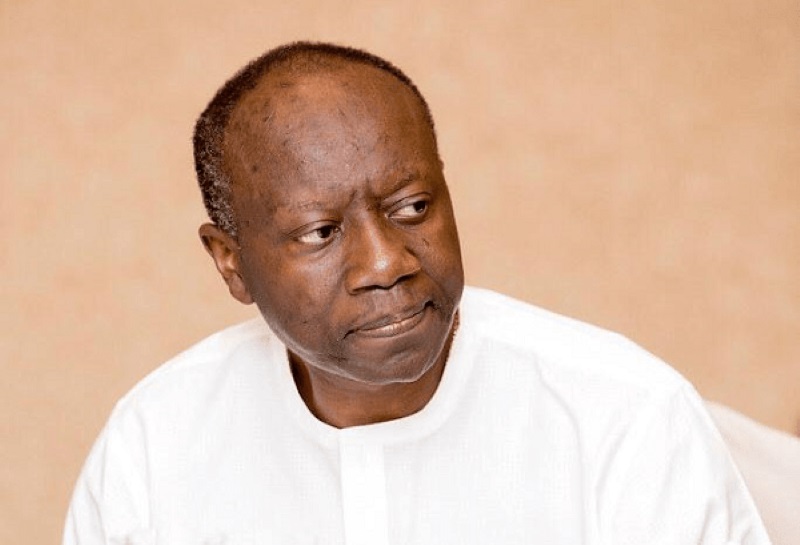According to Vaultz News report, the government’s planned borrowing from the issuance of bonds has gone up by 19% in the second quarter of 2021. According to the recent issuance calendar for the period, April to June 2021, government plans to issue bonds to the tune of GH¢21.43 billion. This compares to a gross bond issuance of GH¢17.96 billion the same period last year. The difference of GH¢3.47 billion represents a 19 percentage point growth over the period.
Whereas the overall bond issuance has gone up over the period, fresh issuance of government bonds has reduced marginally. Between April and June 2020, fresh issuance to meet Government’s financing requirements amounted to GH¢4.28 billion. However, between April and June 2021, the government plans to issue GH¢4.13 billion fresh bonds. This means that government’s planned fresh issuance has gone down by GH¢0.15 billion this year. This represents a decline of 3.5% over the corresponding period last year.
Conversely, the recent calendar shows that government’s planned rollover maturities have gone up by GH¢3.62 billion between April and June this year. This is an increment of 26.5% over last year’s amount for the same period.
More specifically, government plans to use GHȼ17.30 billion out of the GH¢21.43 billion bond issuance in Q2 2021 for rollover maturities. This compares to GHȼ13.68 billion for the corresponding period of 2020.
April to June Calendar
Furthermore, the issuance calendar for Q2 2021 shows that the government will issue GH¢11.3 billion through the 91-day Treasury bills. Also, it will mobilize GH¢5.56 billion via the issuance of the 182-day T-bills. Besides, the government also plans to raise GH¢1.57 billion from the one-year bill.
Meanwhile, for the long-term bills, the government expects to raise GH¢2 billion from the five-year bond. Also, the government plans to raise GH¢1.0 billion through the issuance of the seven-year bond.
The April to June 2021 Bond issuance calendar further shows that the government will issue the 91-day and 182-day weekly. On the contrary, it will issue the 364-day bill bi-weekly through the primary auction.
Meanwhile, the government plans to issue securities above two years through the book-building method. This is consistent with the Medium Term Debt Management Strategy (MTDS). Nevertheless, the government hinted that it may announce tap-ins/reopening of other existing instruments depending on market conditions.
Furthermore, the government gave the assurance to stakeholders and the general public that it will ensure greater predictability and transparency in the domestic bond market.
Rising debt stock
The government’s recent planned borrowing comes against the backdrop of an already skyrocketing public debt which has attracted public outcry. Currently, available data shows that the country’s debt stock as of End-December 2020 is GH¢291.6 billion. This represents 76.1% of the country’s GDP. Also, this compares to a debt stock of GH¢218.2 billion, equivalent to 62.4% of GDP in 2019.
Meanwhile, the country’s external debt currently stands at GH¢141.8 billion, representing 37% of GDP. Conversely, domestic debt stands at GH¢149.8 billion, accounting for 39.1% of GDP.
Ghana’s debt stock has increased significantly over the past four years. Total public debt has gone up GH¢169.6 billion between 2016 and 2020, based on figures from the 2021 Budget. This represents an increment of 139%. borrowing borrowing borrowing


